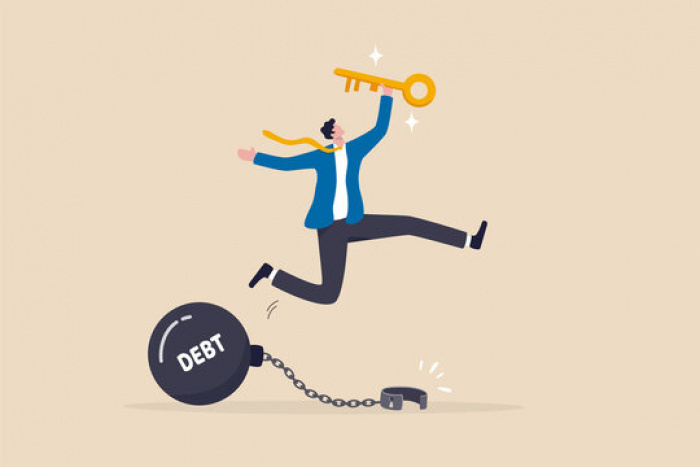The start of a new year offers a perfect opportunity to hit the reset button on your finances. After the holiday season, it’s common to feel the weight of overspending, but with the right approach, you can begin the year with a clean slate and a renewed sense of financial control. Here’s how to take charge and set yourself up for success in 2025 by addressing debt and establishing healthier habits.
Step 1: Assess Your Financial Situation
The first step toward a financial reset is to get a clear picture of where you stand. Create list of all your debts, including credit cards, personal loans, and any outstanding bills. For each, note the:
• Balance owed
• Interest rate
• Minimum monthly payment
• Due dates
This comprehensive overview will help you prioritize your repayment strategy and identify
areas where you can make quick progress.
Step 2: Build a Debt Repayment Plan
Once you understand your financial obligations, it’s time to create a plan to pay off your debt efficiently. Two common strategies are:
• The Snowball Method: Focus on paying off the smallest debts first while making minimum payments on larger debts. As you eliminate smaller debts, you gain momentum and motivation.
• The Avalanche Method: Prioritize debts with the highest interest rates. This approach minimizes the interest you pay overtime and can save you money in the long run.
Choose the strategy that works best for your financial situation and personal preferences.
Step 3: Cut Unnecessary Expenses
A financial reset often requires reevaluating your spending habits. Look for ways to free up extra cash by:
• Canceling unused subscriptions or memberships
• Preparing meals at home instead of dining out
• Limiting discretionary spending on non-essential items
• Shopping smarter by comparing prices and using coupons or cashback apps
Redirect the money you save toward your debt repayment plan to accelerate your
progress.
Step 4: Create a Realistic Budget
A well-crafted budget is the foundation of financial success. Start by:
• Listing your monthly income.
• Tracking fixed expenses (e.g., rent, utilities, insurance).
• Allocating a portion of your income to variable expenses (e.g., groceries,
entertainment).
• Setting aside funds for debt repayment and savings.
Ensure your budget is realistic and adaptable. Use budgeting tools or apps to help you
stay on track.
Step 5: Build an Emergency Fund
One of the reasons people fall into debt is unexpected expenses. To break the cycle,
prioritize building an emergency fund, even while paying off debt. Start small by aiming
to save $500 to $1,000, and gradually increase it to cover three to six months of living
expenses.
Step 6: Seek Support and Resources
Financial wellness doesn’t have to be a solo journey. Consider tapping into resources like:
• Financial Coaching: Work with a coach who can provide personalized strategies
and accountability.
• Educational Tools: Use online calculators, webinars, and articles to deepen your
financial knowledge.
• Debt Consolidation Options: Explore whether consolidating your debt into a
single loan with a lower interest rate might make repayment more manageable.
Step 7: Celebrate Milestones
As you make progress toward your goal of starting the year debt-free, don’t forget to
celebrate small victories. Paying off a credit card, sticking to your budget for a month, or
reaching your emergency fund target are achievements worth recognizing. Reward
yourself in meaningful but budget-friendly ways to stay motivated.
A Fresh Start Awaits
A financial reset can be the turning point for building long-term stability and confidence.
By taking intentional steps to tackle debt and reshape your habits, you’re not only starting
the year on the right foot but also setting the stage for a brighter financial future.
Remember, progress takes time, so be patient and stay committed to your goals. Here's
to a debt-free and prosperous 2025!
brought to you by


